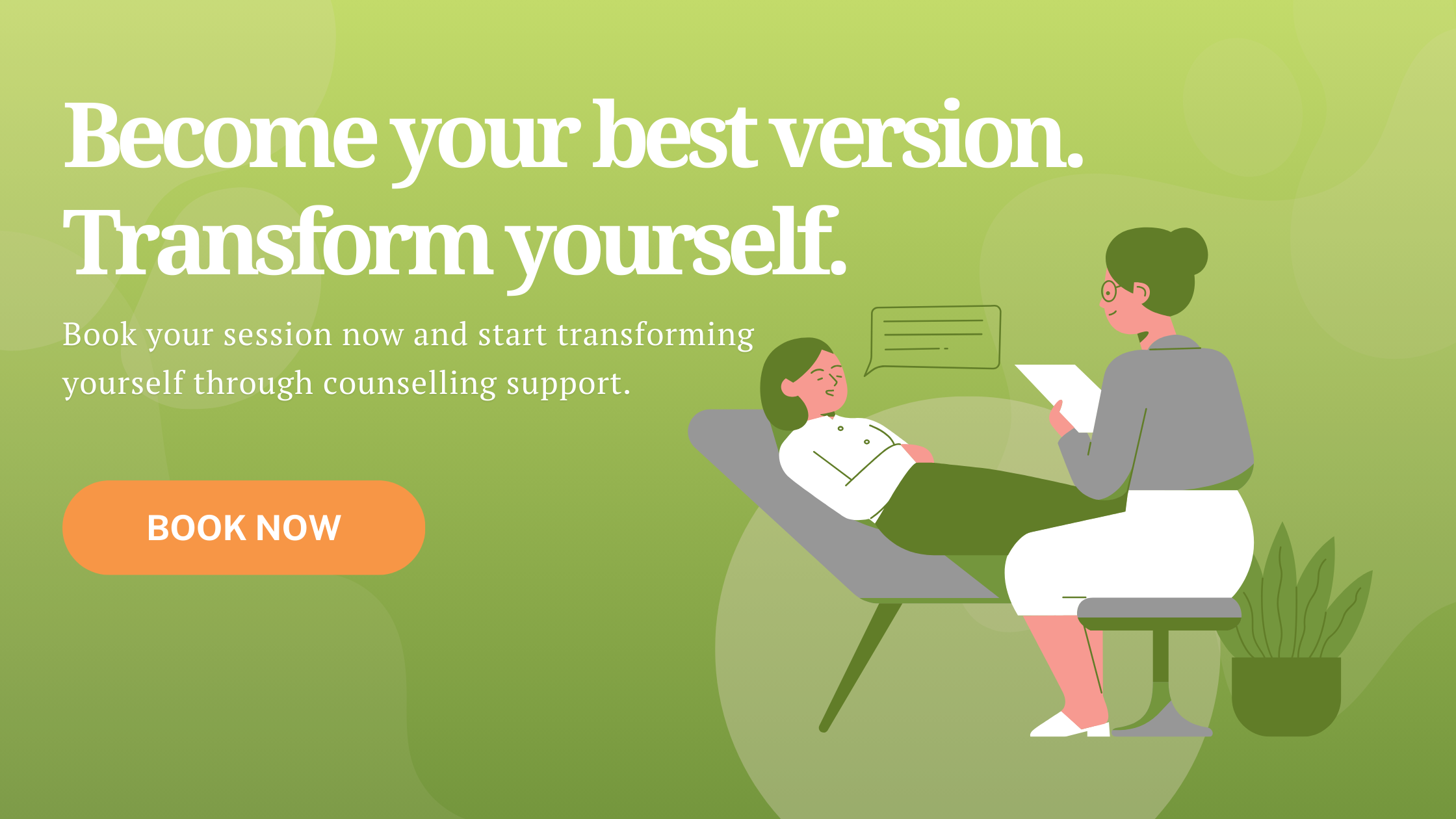
Heading to an intense job interview, facing an unexpected event that could change your life significantly, expecting important news… they are enough to kick anyone’s worry and anxiety up. It’s expected. We worry about stuff we find important in our lives, such as finances, relationships, work, etc. Worry is a natural mechanism that can be helpful – motivates us to take action, come up with a strategy to improve our situation, and solve the problem. However, as many of us know, it can get out of control and become unproductive, paralyzing, disruptive, and turn into full-blown anxiety. But where is the line? What is the difference between worry and anxiety? How much worry is too much?
People use these terms interchangeably, but being worried is not the same as being anxious. Although worry and anxiety are both associated with concern and discomfort, they manifest differently and their implications for our mental and physical health are very different.
Here are 5 things that can help you distinguish the two and answer the question: “Am I anxious or just worried?”
1. Worry is concrete and directs you toward problem-solving. Anxiety is vaguer and marked by rumination.
Worry is more specific than anxiety. When you are worried, you can pinpoint exactly what you are worried about. With anxiety, it’s not so easy – it’s more of a general feeling of uneasiness about several different scenarios. Thus, worry usually prompts us to act, to solve the problem, to use our coping skills, and build a strategy for dealing with a given situation. Anxiety, on the other hand, is paralyzing – it doesn’t direct us toward a concrete solution. Rather, we get caught in an endless spiral of “what ifs”, unable to come up with a solution.
2. Worry usually resides in your thoughts. Anxiety is all over the place – in your mind AND your body.
Worry and anxiety affect your body in different ways. Worry is usually limited to your thoughts that you can verbalize, such as: “I don’t know if I will be able to make it in time” or “Will I be able to pay rent this month?”. You may experience some unpleasant sensations in the body, such as tension and short-term emotional distress, but those are mild.
Anxiety, on the other hand, you feel both in your mind and your body, and pretty intensely so. The physical reactions can vary and can include tightness in the chest, pounding heart, sweating, rapid breathing, trembling, “knots” in the stomach, nausea, trouble sleeping or concentrating, etc. Together with worrying thoughts and an endless spiral of “what ifs”, it occupies our whole system, so it’s not surprising that when we are anxious, it can be really difficult to focus on something else.
3. Worry leads to thoughts you can typically keep in perspective. Anxiety makes you jump to the ‘worst-case scenarios’.
There is a logical component in worry – your brain is trying to protect itself from real and present danger. Anxiety has a wild imagination and brings you into a panic mode for things that, if you stop and think about it logically, or ask someone else, are not very rational. When you are anxious, you overestimate the risk and believe that you will not be able to cope with the consequences.
Of course, it can sometimes be difficult to determine whether our concerns are rooted in reality or if they’re completely irrational, especially when we are stressed. What can help us distinguish between worry and anxiety in these situations is the degree of our ability to control our concerns. Usually, a good sign that normal worry turns into anxiety is an inability to put the break on and get it under control.
4. Worry is temporary. Anxiety is more longstanding.
Worry is usually short-term; once we solve a problem or a concerning situation passes, our worry disappears. With anxiety it is more complicated; since it is so vague and intense, it can linger for long periods. Also, it is rarely satisfied – when one thing is solved, you start getting anxious about something else.
5. Anxiety often interferes with your daily functioning. Worry usually doesn’t.
If the levels of distress and discomfort are so intense that it makes it hard for you to function (to eat, sleep, concentrate, think about something else, etc.), it is a pretty clear sign of anxiety. Worry is uncomfortable, of course, but it is not as intense and it has milder effects on our physical and mental state.
Tips To Manage Worry And Anxiety
Experiencing worry and a certain level of anxiety is normal. However, when it comes to the point of disrupting your daily functioning – and even before that point – it’s time to react and take steps to decrease it and bring it back to manageable levels. Here are a few tools to try:
1. Schedule worry time
When your mind persistently goes back to the same worries, again and again, this technique can be very helpful. Simply, determine 15-20 minutes of your day that are dedicated to worrying only. This is your time to worry all you want. Outside this time slot, when anxious thoughts arise, tell yourself something like: “I see you, thoughts, but your time is scheduled at 8 PM tonight. I’ll meet you then.”.
Check out more about this technique in our blog post: One Powerful Technique to Ease Your Worrying Mind and Anxiety.
2. Pay attention and question your thoughts
Your anxious mind is not very rational, and will often lie to you and speak nonsense such as: “Everybody thinks you’re a failure”, “You can’t do this”, “You’ll never get this promotion”, etc. When you catch these thoughts playing in your head, stop and remind yourself that they are the product of your anxious brain. Then challenge them by asking yourself questions such as:
- How helpful are these thoughts?
- Are they true?
- What is the evidence against them?
- What are some other ways I can think about this situation?
- What would I tell to a friend who had the same thought?
Remember, your thoughts are just that – thoughts. They are not always a perfect reflection of reality.
3. Stop jumping to an imagined future and connect with the present moment
There is an old quote from Lao Tzu, a famous Chinese philosopher, that says: “If you are depressed you are living in the past. If you are anxious you are living in the future. If you are at peace, you are living in the present.” Although this quote oversimplifies both depression and anxiety (many different factors contribute to them), there is some truth to it. An anxious mind is overly focused on what might happen in the future, spiraling down the hole of endless “what ifs” without an answer. This kind of thinking is unproductive and keeps us in the anxiety loop.
Taking a few minutes to practice mindfulness and focus on the present moment can help take your thoughts away from the past and the future, helping you re-center and think more realistically. If you’re interested in learning more about mindfulness and its benefits, our blog posts Return to Now: Living in the Present Moment and 6 Reasons Why Integrating Mindfulness Into Your Life Is Helpful might be a good place to start.
A few mindfulness techniques you can try:
-
- Mindful meditation
- 5-4-3-2-1 technique. Focus on 5 things you can see, 4 things you can hear, 3 things you can touch, two things you can smell, and 1 thing you can taste.
- Focus on your breathing – inhale for 5 seconds, exhale for 8 seconds. Repeat until you feel calmer.
- Focus on your body and how it relates to the space around you. Feel the ground beneath your feet, how your clothes touch your skin, where you’re sitting or standing, etc. Then ask yourself: “What is wrong with this particular moment? Am I safe right now, this minute? Let’s go one minute at a time.”
4. What are your strengths?
We all face difficulties and hard times during our lifetimes; it’s inevitable. Sometimes our worries come true, and we need to cope with real adversities that come up. Fortunately, research shows that we are, usually, more resilient than we may think.
Resilience is the ability to move through adversaries and rise from them. It is a set of skills and psychological traits that allows us to cope with struggles and recover from them. There are some things we can do to build our resiliency and rise back from difficult experiences more quickly. Read more about it here: 3 Things You Can Do to Recover From Setbacks More Quickly.
 In the end, it’s important to know when anxiety increases to clinical levels, so you can react promptly.
In the end, it’s important to know when anxiety increases to clinical levels, so you can react promptly.
Anxiety disorders are characterized by severe, persistent worry that is excessive for the situation, and extreme avoidance of anxiety-provoking situations. These symptoms cause distress, impair daily functioning, and occur for a significant period.
If you are experiencing anxiety so often that it interferes with the quality of your life and impacts your physical and mental health, please do not hesitate to ask for help. There are proven and very effective ways to treat it and cope with it successfully, so you can be happier, more productive, and more satisfied.
How do you cope with worry? Share your tips with us in the comment section below.
Like this blog post? Please feel free to share it on your social media – someone may find it helpful.
Sources:
https://child-familyservices.org/4-habits-that-will-train-your-brain-to-stop-worrying/
https://www.health.harvard.edu/blog/do-i-have-anxiety-or-worry-whats-the-difference-2018072314303




